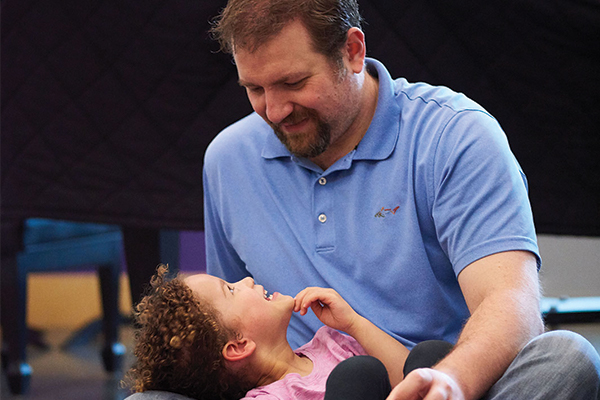Children and Separation Anxiety

Children and Separation Anxiety
Separation anxiety is something that most, if not all, children experience at some point in their lives. There are a wide range of symptoms may manifest at different stages of development. Mostly, you’ll hear crying when the caregiver leaves the room.
When do children typically develop separation anxiety?
Babies can display separation anxiety from as early as 4-5 months old, but the most common age to develop separation anxiety is around 6-7 months. This is when babies develop a sense of object permanence. Object permanence means that your baby now knows something, or someone exists even when they cannot see it or them. This is a normal, healthy developmental milestone, yet it comes with some challenges.
Has Covid-19 had any impact on separation anxiety?
With the onset of Covid-19, many parents and caregivers are spending more time at home, and around their children, (which is the silver lining!) However, as the country begins to open and move around, there may be a time when we must leave our children with a caregiver or daycare center. This could be a difficult transition to make, especially if your baby is in the height of separation anxiety.
Can music help alleviate some of these fears?
The game Peek-a-boo can be used as a practice tool in solidifying the development of object permanence, and even more effective when we sing it. Try a variety of materials to hide behind, (sheer fabric, and opaque). The beauty of the song “Someone is Hiding” is that they can still hear you but cannot see you, this provides a sense of comfort and security to the infant. Try singing “Someone is Hiding” as you leave and room, and as you pop your head around the door, enjoy the delight of your baby’s smile as they see you reappear. You can extend this to longer periods, as they (and you) become more comfortable.
For infants and older children
As you make transitions, sing and narrate what you are doing. Singing is novel and children are more likely to listen to song verses spoken word. Using utility songs to help narrate your plan is a great way to sequence your activities and provides a framework. Choosing familiar songs make this experience more comforting to children, and easier for adults to remember.
